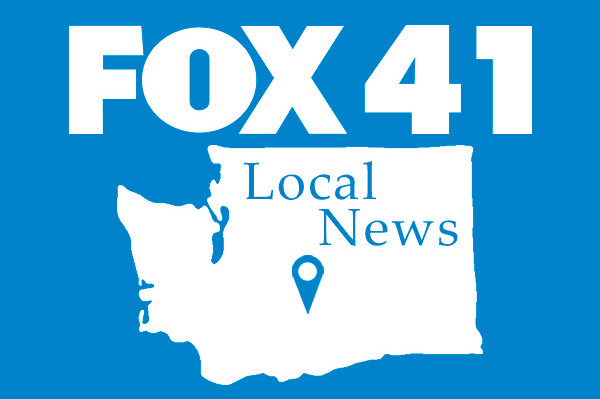
(The Center Square) – Like many municipalities, the city of Alameda, California, found itself flush with revenues and had a record $212.86 million in 2023, according to city documents, a 10% increase from its pre-pandemic funding level in 2019 when adjusted for inflation.
Part of the reason for the record-level revenues was that the city received federal money from the American Rescue Plan Act (ARPA). In the summer of 2023, the city took $4.6 million of its ARPA money to set up a guaranteed income program for 150 people who received $1,000 monthly.
There are an estimated 200 guaranteed income projects in the U.S., and many of them were paid for with federal ARPA money, which has ended.
The ARPA bill was passed in 2021, and the first round of funds was dispensed in May 2021. The deadline to use the American Rescue Plan Act money is Dec. 31, 2024. Any unused funds must be returned to the U.S. Treasury.
Guaranteed income programs have sprouted up all over the country, fueled by the federal pandemic bailout.
Since 2020, the number of municipalities joining Mayors For A Guaranteed Income has increased from 11 to 125. The next step is for municipalities to determine how to pay for these programs now that the federal pandemic funding is leaving.
The Denver Basic Income Project was given $2 million from a contract with the city to help in continuing funding for the program. The city used ARPA money to pay for that program. Unlike most social-support programs, it has no conditions or restrictions on how the cash is spent.
Some guaranteed income programs are privately funded, such as the Compton Pledge in California. But even that program is suggesting ways the government can step in and fund the long-term obligations these guaranteed income programs need to survive.
“While this is the subject of ongoing research and debate around policy priorities, universal guaranteed income policy at the municipal, state, or federal level can potentially be funded through a carbon tax, a wealth tax, an increase in progressive income tax, a budget reallocation, a VAT tax or dividend from some kind of fund, like natural resources, casino revenue, or a sovereign or social wealth fund,” according to the Compton Pledge website.
The value-added tax (VAT) is a consumption tax assessed at each stage of production when value is added and the tax is imposed on the final consumer.
“The simple answer is that guaranteed income programs have to be either government or privately / non-profit funded. Realistically, we can rely on non-profit organizations to administer the program, but the funding would need to be government provided,” Palm Springs Mayor Jeffrey Bernstein told The Center Square. “One of the purposes of the current tests is to determine whether the cost of providing guaranteed basic income is less than the cost of providing social services from the alternative hardships that could ensue without it.”
The city of Los Angeles stated in an email to The Center Square that it’s suggested that guaranteed income services could result in net savings in certain jurisdictions by lowering costs of “other social programs and support services.”
Los Angeles’ basic income program ran from January 2022 until March 2023, with 3,200 participants. The city is waiting for a data-based study contracted through the University of Pennsylvania.
The Center for Guaranteed Income Research, a program through The University of Pennsylvania, and specializes in cash-transfer research, evaluation, pilot design, as well as narrative change, is conducting a study that will guide municipalities on what to do next.



